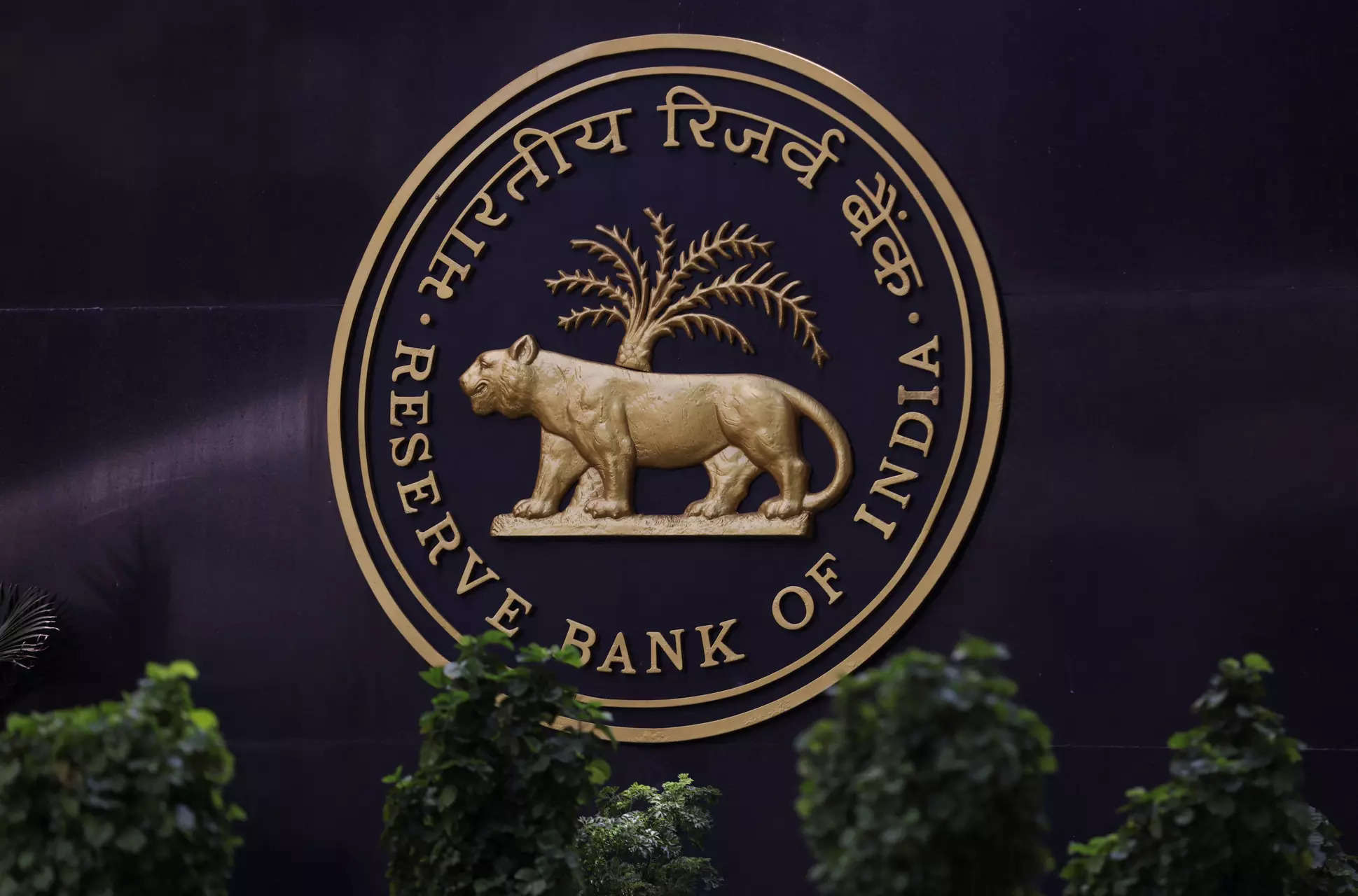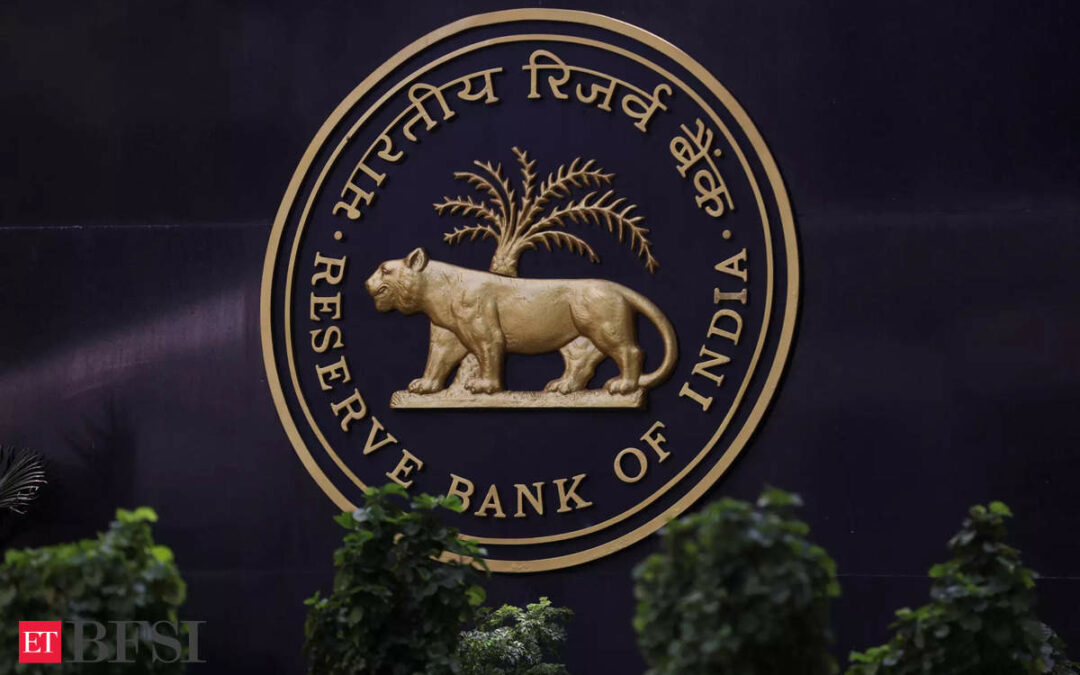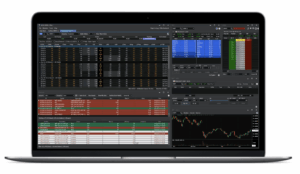The Reserve Bank of India (RBI) is facing a critical juncture in the dollar/rupee forwards market as a $5 billion sell/buy swap initiated in April last year approaches maturity on Monday. When the RBI introduced this sell/buy swap in April last year, global financial markets were contending with the repercussions of the Russia-Ukraine conflict, and the Indian currency was hovering near record lows.
The central bank’s objective in undertaking the swap was to extend the maturity profile of its forwards book and smoothen receivables related to forward assets. In a sell/buy swap, an entity sells a certain amount of dollars and simultaneously commits to buying back the same amount of dollars at the end of the swap period. Following the announcement of the sell/buy swap, the premium on one-year forward dollar/rupee surged significantly. Now, with the swap’s maturity approaching, the markets are once again in turmoil. The ongoing Israel-Hamas conflict in West Asia has pushed the Indian currency closer to a record low.
The RBI faces a decision on whether to allow the sell/buy swap to mature, taking delivery of the $5 billion on Monday. This action would result in a significant shortage of dollars in the system and drive up demand for the greenback. Alternatively, if the RBI chooses to extend the maturity of the swap to a later date, it would prevent premiums from declining sharply. In anticipation of a potential dollar shortage in the system if the RBI takes delivery of its $5 billion sell/buy swap, banks have been consistently selling dollars for forward delivery. Consequently, the premium on the one-year forward dollar/rupee has fallen by 16 basis points as of Wednesday. At one point, premiums reached a six-week low of 1.66% on Wednesday.The RBI may opt to take delivery of the $5 billion swap as it seeks to replenish its foreign exchange reserves, which have declined significantly in recent months. The central bank’s determined efforts to protect the Indian rupee from reaching a record low have led to a sharp reduction in its forex reserves. As of October 6, India’s foreign exchange reserves stood at $584.74 billion, down nearly $25 billion from the recent peak of $609.02 billion on July 14, marking the lowest level in over five months.
The scenario
If the RBI accepts delivery of the $5 billion, traders may rush to acquire dollars in both the spot and forwards markets, potentially weighing on the domestic currency and premiums. Conversely, if the central bank does not roll over the swap, the premium on one-year dollar/rupee forward contracts may decline to 1.50%. Taking delivery of the sell/buy swap would also inject around Rs 40,000 crore into the banking system, boosting liquidity.
However, GST (Goods and Services Tax) outflows are expected, which could amount to Rs 60000-800 billion rupees, offsetting the increase in liquidity. At a post-policy press conference in October, RBI Governor Shaktikanta Das indicated the central bank’s intention to undertake “active liquidity management,” emphasizing the desire for tighter liquidity conditions due to inflation risks and concerns surrounding financial stability in a tightening global liquidity environment.
The central bank’s announcement of potential implementation of more enduring policy tools, such as open market operations involving government bonds, has further solidified market players’ belief that the RBI may not introduce rupee liquidity into the banking system.
The rupee impact
Moreover, as the Indian currency hovers near its record low level of 83.29 against the dollar, which was recorded in October last year, a decline in forward premiums would exacerbate currency weakness. Importers typically hedge more at ultra-cheap premiums, exerting downward pressure on the Indian currency in the spot market.

If the central bank takes delivery of the swap, the local currency could depreciate to 84 against the dollar. In the absence of this action, the rupee may remain within a range of 83.00 to 83.50 against the dollar.










